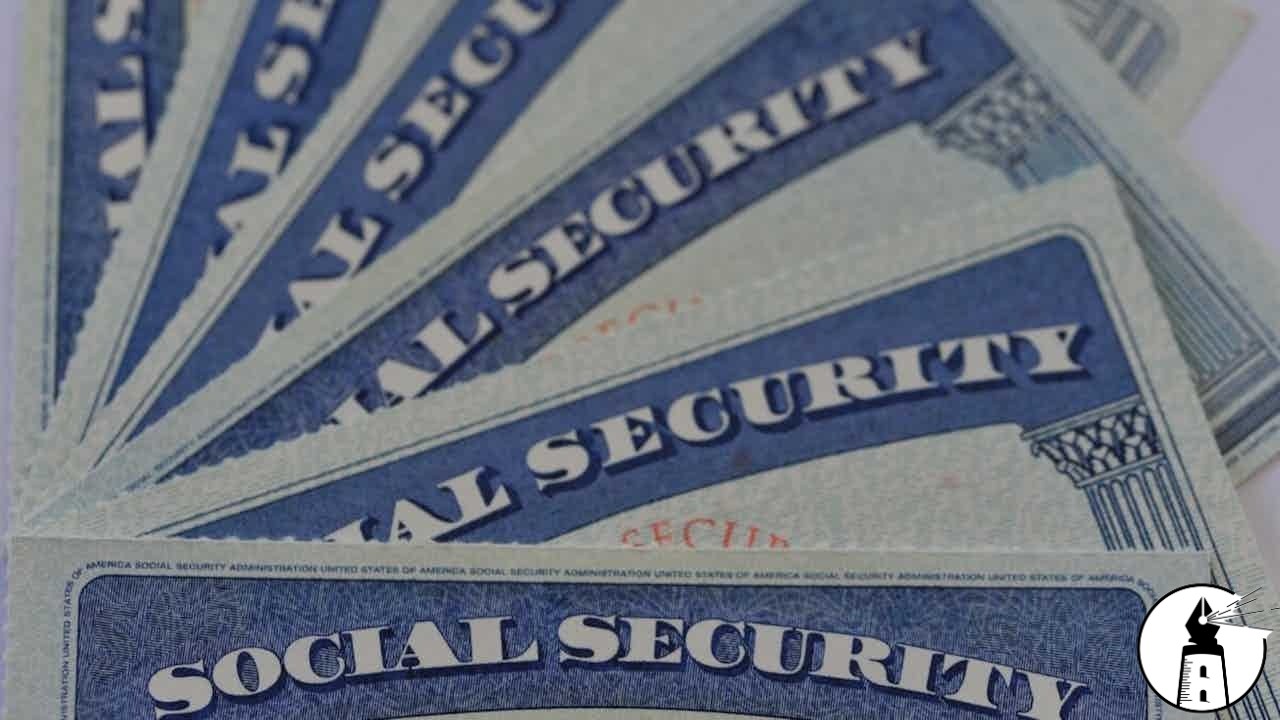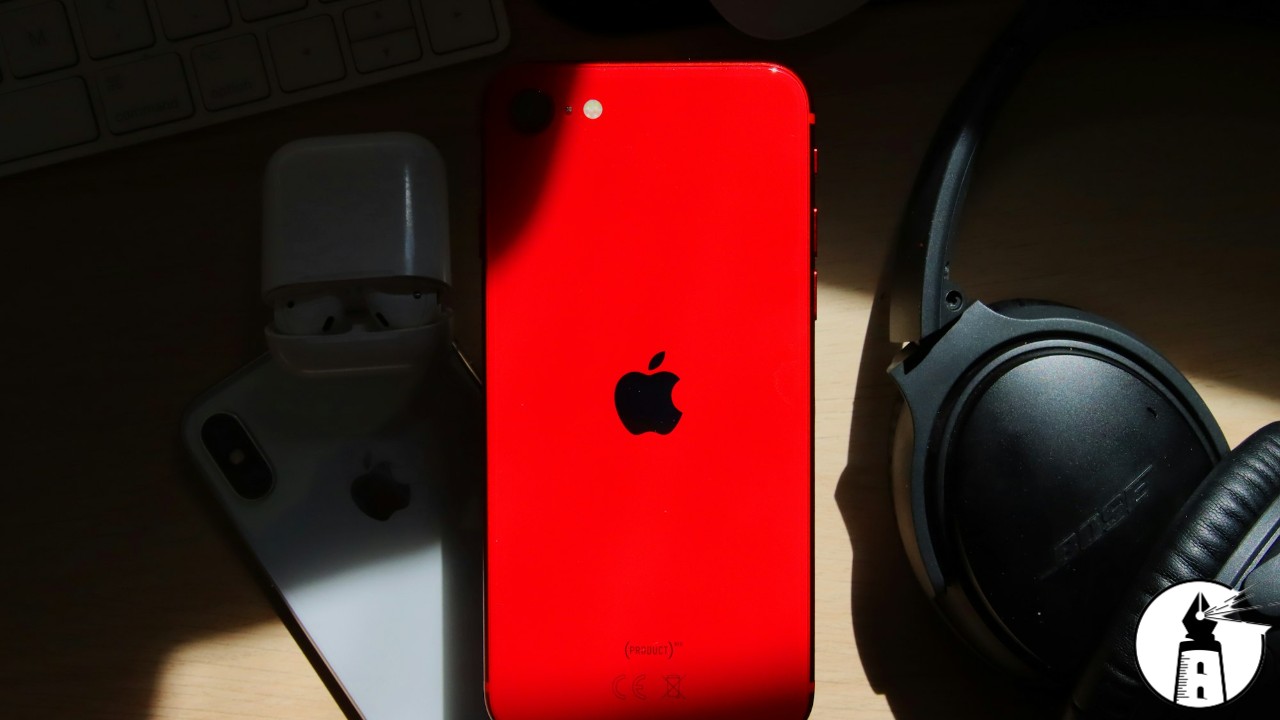For generations of Americans, the Social Security number has served as a cornerstone of identity. Traditionally issued on a paper card shortly after birth, this nine-digit number has long been used to verify identity across a wide range of services and transactions. Now, the Social Security Administration is preparing to introduce a digital alternative that aims to modernize this system while reducing the inconveniences associated with lost or stolen cards.
Under this initiative, individuals will be able to retrieve their Social Security number securely online through the agency’s official portal. This access is intended not only for Social Security matters but also for general identification purposes. The goal is to make it easier for people to verify their identities without relying on a physical card that can be misplaced or damaged. For many, especially those who have lost their cards or forgotten their numbers, this represents a more convenient and immediate solution.
However, this transition also introduces significant challenges. Any move toward digitization increases exposure to cybersecurity threats. When sensitive identifiers like Social Security numbers are stored or accessed digitally, they become more vulnerable to exploitation by cybercriminals. Even with security measures in place, the risk of unauthorized access persists. Devices used to access this information, such as smartphones or computers, are often targeted by phishing attacks or malware, which could compromise stored credentials or personal data.
Security experts view the update as a potential improvement, provided that robust protections are implemented. Still, there are concerns regarding usability and inclusivity. Individuals who are not comfortable with digital technology, particularly some older adults or those with disabilities, may find it difficult to use the system. If the platform is not intuitive or accessible, those populations could be disproportionately impacted.
Moreover, the integrity of the Social Security number as a secure form of identification has already been compromised by numerous data breaches over the past decade. While digital access may offer new layers of protection, it does not reverse the long-standing issue of widespread exposure. It is likely that more sophisticated methods of identity verification, such as biometrics, will become standard in the future. This evolution may eventually lead to a federated identity system that allows for secure and universal authentication across platforms.
In the meantime, safeguarding the infrastructure that supports digital Social Security access must be a top priority. The authentication process should be resistant to phishing and impersonation attempts. Individuals will also need to exercise caution, verifying that any communication purporting to be from the Social Security Administration originates from an official source. Digital access can be powerful, but it must be handled with care.
As more elements of personal identity move online, the balance between convenience and security becomes increasingly delicate. The introduction of digital Social Security numbers may mark a meaningful step forward, but it also serves as a reminder that the more digital a system becomes, the more attractive and vulnerable it is to exploitation. Vigilance, both on the part of institutions and individuals, will be essential in protecting this critical shift in personal identification.
—By Greg Collier



